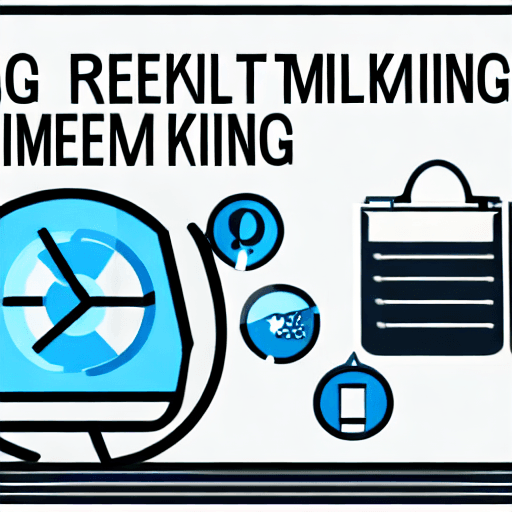

Google Remarketing Campaigns, often referred to as retargeting, represent a powerful tool for digital marketers. They allow you to reconnect with website visitors who have shown interest in your products or services. However, simply setting up a remarketing list isn’t enough. The timing of your remarketing messages is arguably just as crucial as the list itself. Poor timing can lead to ignored ads, while strategic timing can dramatically increase your conversion rates and overall return on investment. This deep dive will explore the nuances of optimizing remarketing timing, providing you with actionable strategies and real-life examples to elevate your retargeting efforts.
In today’s competitive digital landscape, capturing attention is a constant battle. Consumers are bombarded with advertisements daily, making it increasingly difficult to stand out. Remarketing offers a solution by targeting individuals who have already engaged with your brand. But the effectiveness of your campaigns hinges on delivering the right message, at the right time, to the right person. This isn’t just about showing ads; it’s about influencing the customer journey. A well-timed remarketing message can gently nudge a hesitant shopper towards a purchase, remind a forgotten visitor about a valuable resource, or re-engage someone who abandoned their cart. Let’s break down why timing matters and how you can master it.
Before diving into specific timing strategies, it’s essential to understand the customer journey and how remarketing fits into it. The customer journey isn’t a linear path; it’s a complex, multi-stage process. Here’s a simplified breakdown:
Remarketing can be strategically deployed at each stage of this journey. For example, you might target visitors who viewed a product page with a limited-time offer (consideration), or re-engage those who abandoned their shopping cart (decision). Ignoring the nuances of when to trigger these messages can significantly diminish their impact.
The very first remarketing campaigns – those triggered immediately after a website visit – are arguably the most critical. The goal here is to capture attention and drive immediate action. However, the timing needs careful consideration.
Avoid overwhelming visitors with repeated ads within the first few hours. Too many ads can be perceived as intrusive and annoying, leading to negative brand associations. A single, well-crafted message delivered at the right time is far more effective than a barrage of notifications.
Dynamic remarketing takes things a step further by tailoring your messages based on the specific pages a user has visited. This level of personalization significantly increases relevance and effectiveness. Let’s look at some examples:
The key here is to track user behavior meticulously and use this data to trigger dynamic remarketing campaigns at the appropriate stages of their journey. Google Analytics and Google Ads provide the tools to do this effectively.
This strategy focuses on targeting customers based on their stage in the customer lifecycle. It’s a more sophisticated approach that recognizes that customer needs and motivations change over time.
By segmenting your audience based on their lifecycle stage, you can deliver highly targeted and relevant messages that resonate with their specific needs.
Remarketing timing isn’t a “set it and forget it” strategy. Continuous testing and optimization are crucial for maximizing your ROI. Here are some key areas to focus on:
Use Google Ads’ reporting tools to track your campaign performance and identify areas for improvement. Pay close attention to metrics such as click-through rate, conversion rate, and cost per conversion.
Optimizing remarketing timing is a critical component of any successful Google Remarketing campaign. By understanding the customer journey, leveraging dynamic remarketing, and continuously testing and refining your strategies, you can significantly increase your chances of driving conversions and achieving your marketing goals. Don’t treat remarketing as a passive activity; it’s an active process of engagement and persuasion. Remember, the goal isn’t just to show ads; it’s to reconnect with potential customers at the precise moment they’re most receptive to your message.
By implementing these strategies, you can transform your remarketing campaigns from simple advertising to powerful engagement tools.
This information is for general guidance only and may not be applicable to all situations. Always consult with a marketing professional for tailored advice.
Tags: Google Remarketing, Retargeting, Remarketing Timing, Retargeting Strategy, Conversion Optimization, Digital Marketing, ROI, Customer Journey
[…] Understanding this architecture is the first step in optimizing Lens performance. A poorly optimized Lens can negatively impact not just the user experience but also Snapchat’s overall server load. Therefore, a proactive […]